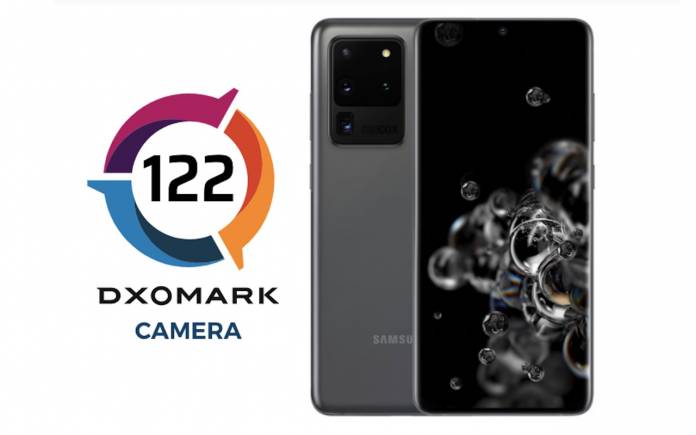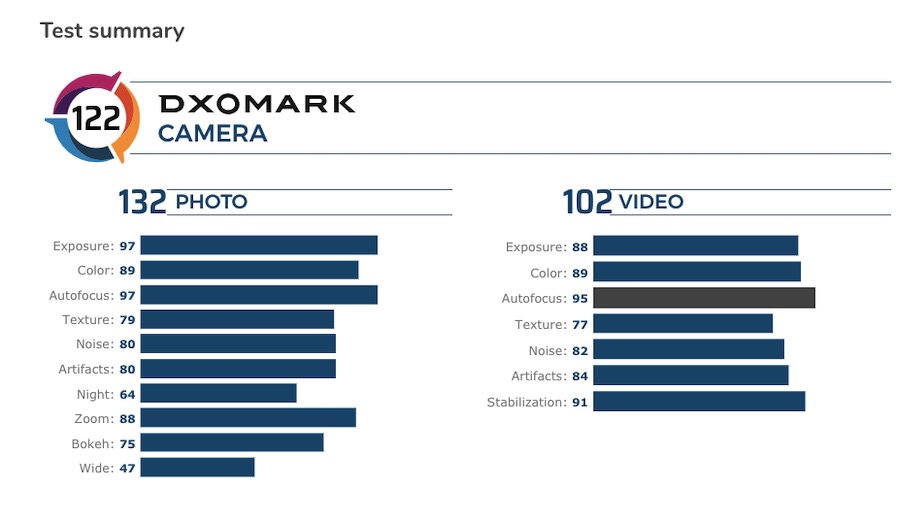
Earlier this April, we shared with you our review of the Samsung Galaxy S20 Ultra. We noted that it is an ‘ultimate beast’ for several reasons. For one, the camera system is all-powerful. It both “delights and frustrates”. We said those words because while the camera parts are high-specced, some functions have been compromised. They’re nothing an update cannot fix but we may have to wait a while before the South Korean tech giant rolls out those bug fixes and added features.
The Samsung Galaxy S20 Ultra is way more advanced compared to the Galaxy S20. A week after releasing the audio review for the Galaxy S20 Ultra, DxOmark has published its camera review. We were expecting it would get a score comparable to the Huawei P40 Pro but the smartphone only hit a score of 122–tied with the Honor V30 Pro.
To review the camera specs, the Exynos 990-powered Samsung Galaxy S20 Ultra comes with a 108MP primary camera 1/1.33″ sensor with 26mm f/1.8-aperture lens with PDAF, autofocus, and OIS + 48MP Telephoto f/3.5-aperture periscope lens with PDAF and autofocus + 0.3MP ToF 3D sensor with f/1.0 (depth). The cameras are also accompanied by a standard LED flash. As promised, the phone allows 8K (4320p/24fps) and 4K video recording (2160p/60fps).
The rear camera system presents generally nice colors and a wide dynamic range. Noise is well-controlled. Using flash, you may notice high details and good exposure. Ultra-wide shots also show excellent exposure and color.

Videos show accurate target exposure down to low light and very low noise in most conditions. Outdoors videos present vivid and pleasant colors. Handheld static videos outdoors present good stabilization.
The camera setup can be frustrating at times, no thanks to the slow autofocus in low light. You may see occasional white balance casts in both indoors and outdoors. Zoom shots show strong fusion artifacts while ultra-wide shots show noticeable artifacts, low detail, and highlight clipping. Night mode sometimes deliver underexposure and color quantization.
As for the videos, you may experience low detail in low light and limited dynamic range in high-contrast conditions. You may also see a visible hue shift in red tones with low tungsten lighting plus motion effects in indoor videos.















